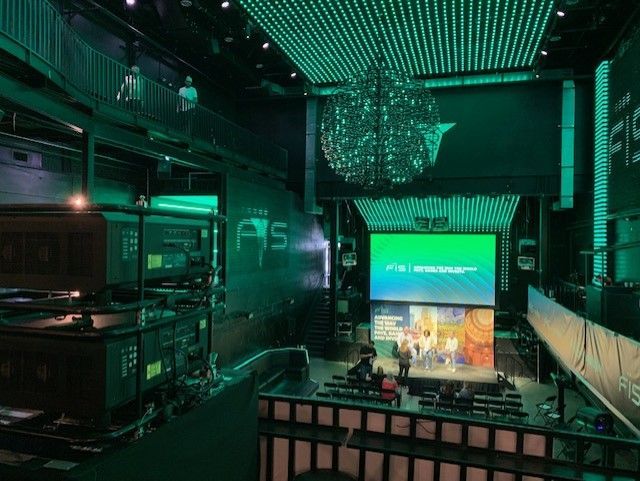
When it pertains to light-emitting diode walls, one of the important elements to consider is dot pitch. Dot pitch refers to the space between the cores of two neighboring pixels on an LED display. This measurement is commonly expressed in millimeters. Grasping pixel pitch is crucial because it directly influences the clarity and sharpness of the images displayed. A reduced pixel pitch indicates that the pixels are closer together, leading to a greater resolution, while a larger pixel pitch yields in a lower resolution. Therefore, selecting the appropriate pixel pitch is vital for achieving optimal LED wall functionality.
The selection of pixel pitch often depends on the sight distance. For instance, if the light-emitting diode wall is meant to be seen from a distance, a larger pixel pitch may be appropriate. This is due to the fact that the human eye cannot readily distinguish individual pixels when they are more distant away. On the contrary hand, if the wall will be observed up close, a smaller pixel pitch is needed. In situations such as inside events, where viewers are typically closer to the screen, a reduced pixel pitch will offer a sharper and clearer image. Therefore, understanding how sight distance affects pixel pitch is key to making an informed choice.
Another crucial factor is the planned use of the LED wall. Different applications, such as advertising, concerts, or conference presentations, may necessitate varied pixel pitches. For example, an LED wall used for advertising in a shopping center may gain from a pixel pitch that facilitates lively colors and high detail so that it captures the attention of bystander shoppers. Conversely, an external LED wall used at a concert may focus on brightness and visibility over resolution, allowing for a bigger pixel pitch. Therefore, the particular context in which an light-emitting diode wall will be used is vital for establishing the appropriate pixel pitch.
Cost is also a major consideration when choosing pixel pitch. Typically, LED displays with reduced pixel pitches tend to be more expensive due to the increased density of pixels and the sophisticated technology required for manufacturing. Although it may be enticing to choose a high-resolution display with a small pixel pitch, budget constraints often require a balance between quality and price. Organizations should evaluate their needs and decide how much they are prepared to invest in an LED wall, ensuring that the pixel pitch matches with their budgetary capabilities while still meeting performance expectations.
Ultimately, it is crucial to consider the maintenance and longevity of the light-emitting diode wall when choosing pixel pitch. Displays with smaller pixel pitches can sometimes be more delicate see this page and may need more careful handling and maintenance. Regular maintenance is necessary to ensure that the display functions effectively over time. Knowing the maintenance needs and potential challenges associated with varied pixel pitches can assist organizations make a more informed decision. By taking into account all these factors, including viewing distance, planned use, budget, and maintenance, one can choose the perfect pixel pitch for peak LED wall functionality.